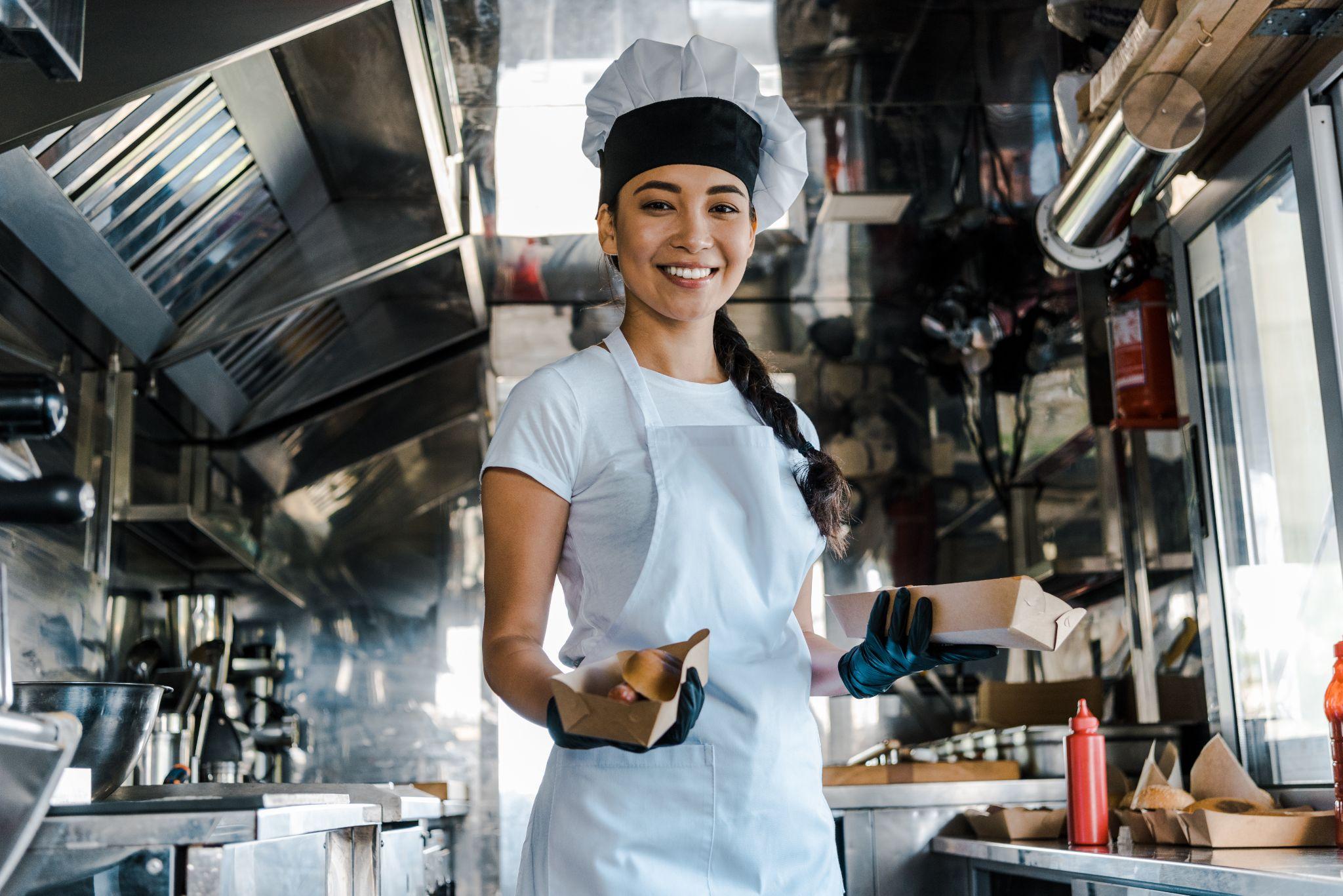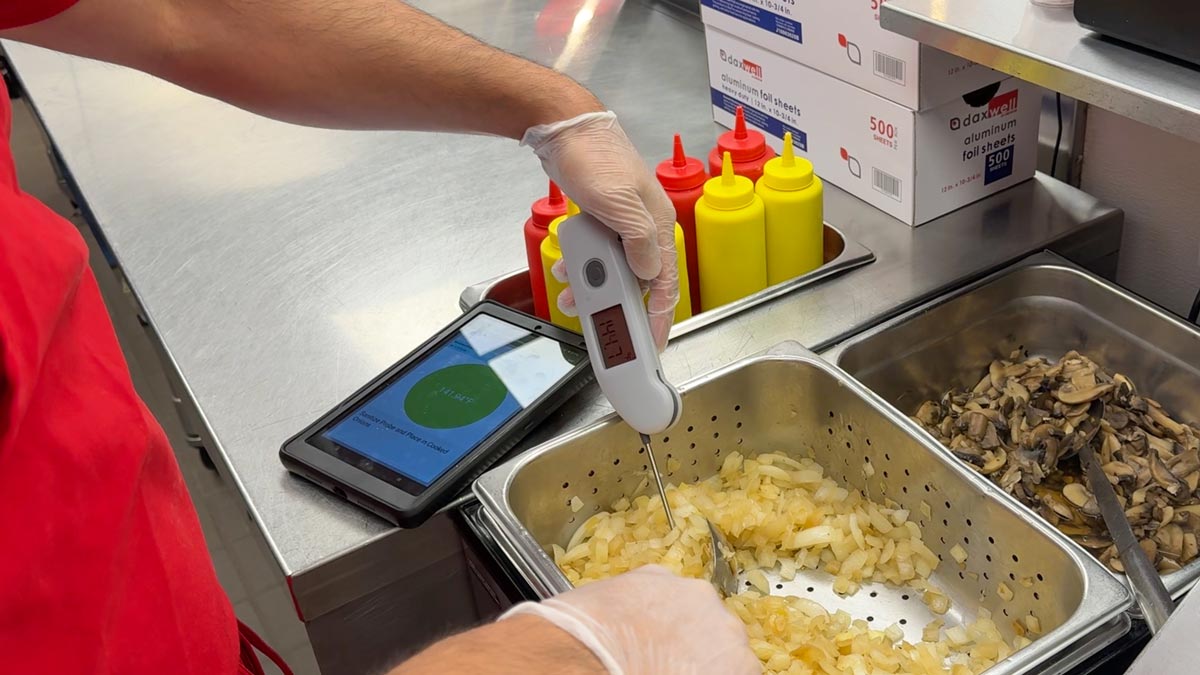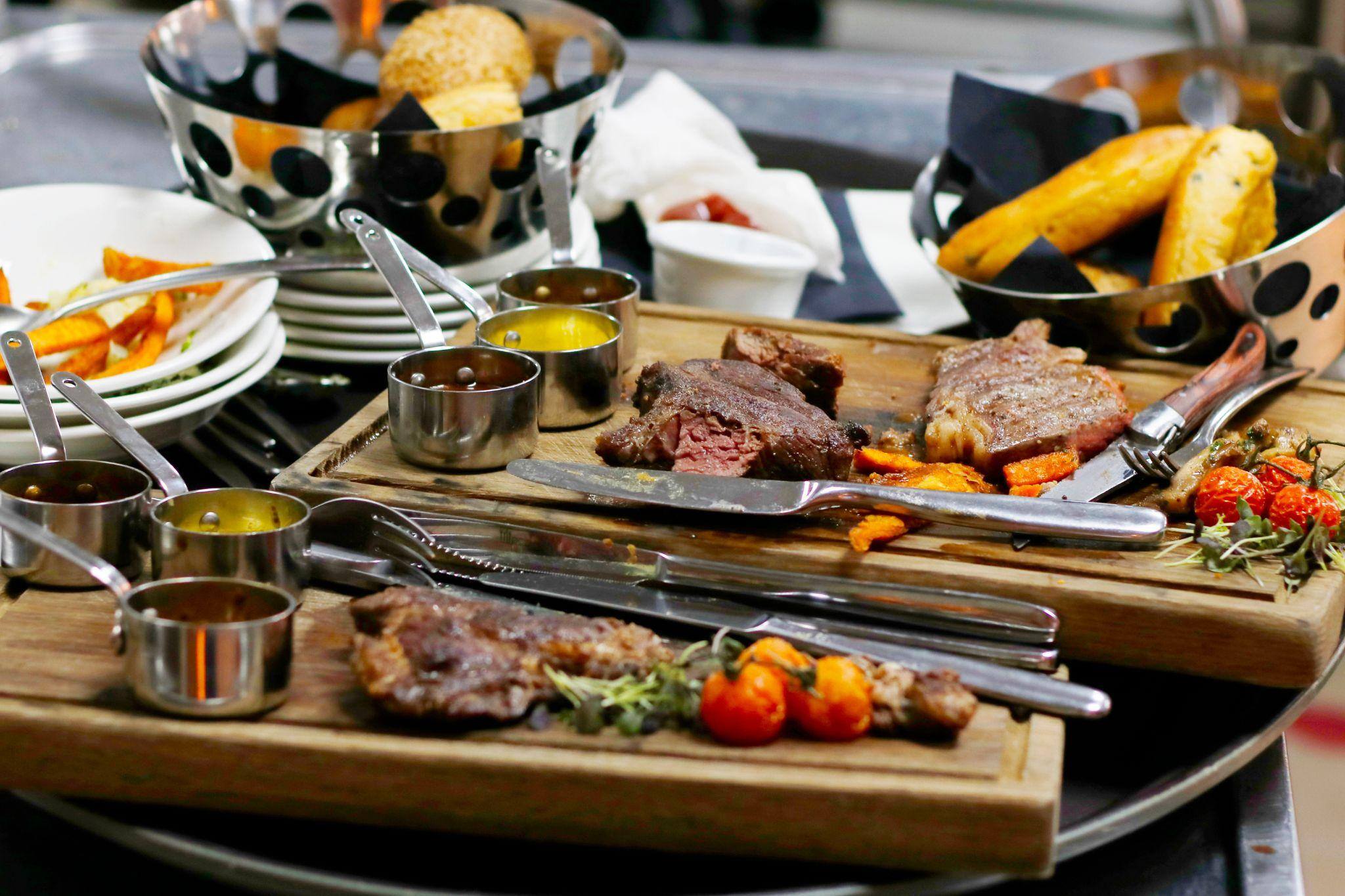 Cooking food to the required minimum food safety temperature is an absolute must to eliminate potentially dangerous bacteria. Additionally, monitoring holding temperatures helps ensure that your foodservice business maintains regulatory compliance.
Cooking food to the required minimum food safety temperature is an absolute must to eliminate potentially dangerous bacteria. Additionally, monitoring holding temperatures helps ensure that your foodservice business maintains regulatory compliance.
Once foods have been cooked, maintaining proper holding temperatures and tracking the amount of time spent at a given temperature reduces bacterial growth risk and protects customers. Whether you’re managing a grocery deli, restaurant kitchen, or healthcare facility, understanding the safe temperatures for each type of food helps prevent food poisoning and other foodborne illnesses.
Why Food Temperature Matters
Once food is cooked, maintaining safe holding temperatures slows bacterial growth and ensures regulatory compliance. Improper temperature handling is one of the top causes of foodborne illnesses, making it essential to have reliable processes in place for both preparation and storage.
Safe Temperatures for Food Handling
Cold foods need to be kept between 33-41 degrees Fahrenheit. Frozen foods need to be kept at 32 degrees Fahrenheit or lower.
Hot foods must be cooked to a specific minimum temperature to reduce risks of bacteria and germs that can cause foodborne illnesses and food poisoning.
- Store foods in sealed glass or plastic containers to prevent cross-contamination.
- Monitor storage temperatures in refrigerators and freezers constantly.
- Refrigerate leftovers within two hours of cooking.
- Reheat food to an internal temperature of 165F before serving.
Pro Tip: The USDA defines the Temperature Danger Zone as 40°F to 140°F—the range in which bacteria can double in number in as little as 20 minutes.
Hot Food Minimum Safe Temperatures

To determine whether food has been heated and cooked to a safe minimum internal temperature, always use a food thermometer.
These are the safe cooking temperatures for some perishable foods:1
- 135 Degrees Fahrenheit: Cooked vegetables and fruits need to be at least this hot before serving.
- 145 Degrees Fahrenheit: Beef, veal, lamb, pork, bacon, ham, seafood, fish, and eggs you intend to serve right away need to reach this internal food temperature for proper food safety. The temperature must be maintained for a minimum of 15 seconds.
- 160 Degrees Fahrenheit: Chopped or ground beef or pork need to reach this temperature and maintain it for at least 15 seconds. Cooked eggs intended to be held for a short period of time must be cooked to this temperature.
- 165 Degrees Fahrenheit: All poultry products and cuts need to be cooked to at least this temperature for a minimum of 15 seconds. Reheated and microwave-cooked foods also need to reach this minimum temperature.
Safe Temperatures Vary Based on Time
There are some variations in cooking temperatures and times. For instance, with beef roasts, you have several minimum safe cooking temperature times:
- 130 degrees Fahrenheit for 121 minutes minimum
- 140 degrees Fahrenheit for 12 minutes minimum
- 145 degrees Fahrenheit for 3 minutes minimum
Cooked food must rest for a few minutes after removing it from ovens, stoves, or microwave ovens. Food continues cooking while resting, and the temperature continues to increase and destroy germs and bacteria.
Check temperatures of hot food after resting, and verify they’re at minimum safe temperature and ready to eat. If not, keep cooking until food reaches safe temperature.
Hot Holding, Cold Holding, and Thawing Foods
When holding hot foods under warming lights or in steam trays, maintain a minimum temperature of 135 degrees Fahrenheit to prevent bacteria growth. Never keep hot-held and cold-held foods next to each other. The hot food will cool while the cold food warms, which could result in rapid bacterial growth.
Cold foods must be kept below 41 degrees Fahrenheit and never reach room temperature for more than two hours. Divide hot foods that need chilling into shallow containers for rapid cooling to safe temperatures. If room temperature is warm (above 90F), perishable foods must be refrigerated within one hour to prevent bacteria.
Separate raw meat, poultry, and seafood from cooked foods. Refrigerate foods that are thawing, submerged in cold water, or rapidly in the microwave. Food sitting at room temperature to thaw allows bacteria to multiply even if the center is still frozen. Never thaw foods at room temperature. Instead, use one of the following:
- In the refrigerator
- Under cold running water
- As part of the cooking process
- In a microwave, followed by immediate cooking
What Are Temperature Danger Zones?
Temperature danger zones are defined by the USDA as the range where harmful bacteria quickly multiply to dangerous amounts. The temperature danger zone is between 40 and 140 degrees Fahrenheit. Just 20 minutes is all it takes for the number of some dangerous bacteria to double.
Your food business, like most, will already have food safety procedures. Even so, it’s important to remind staff of temperature danger zones so that it’s always front of mind. An idea for reminding staff of the temperature danger zones includes placing signage in preparation, serving, and other areas where staff are working.
Having a digital solution for monitoring temperatures continuously and completing staff food safety checklists will also keep you alerted if food enters temperature danger zones.
Protect Public Health and Your Bottom Line

Monitoring safe food temperatures continuously keeps food safe, protects your customer and protects your bottom line.
ComplianceMate remote temperature monitoring and checklist management systems improve food safety and protect your reputation.
Our suite of powerful products are being fully utilized in all of these environments to achieve their food safety and HACCP compliance goals:
- Restaurants
- Retail – Convenience and grocery stores
- Foodservice – Food trucks, distribution, and catering
- Healthcare – Assisted living communities and hospitals
- Education – K-12 to university institutions
- Hospitality – Airports, casinos, hotels, and sports venues
- Corporate and Campus – Corporate and technical offices and campuses
An integrated solution like ComplianceMate gives your business:
- Continuous temperature tracking in real time
- Automated alerts when foods enter the danger zone
- Inspector-ready logs to simplify audits and reduce manual errors
- Checklist management tools to ensure SOPs are followed
For more information on how our suite of tools can benefit your business directly, contact us to request a free, customized demo.
Source:



